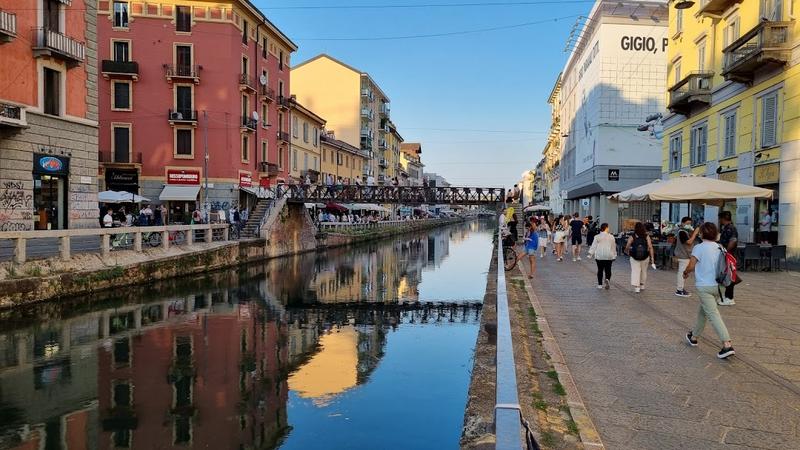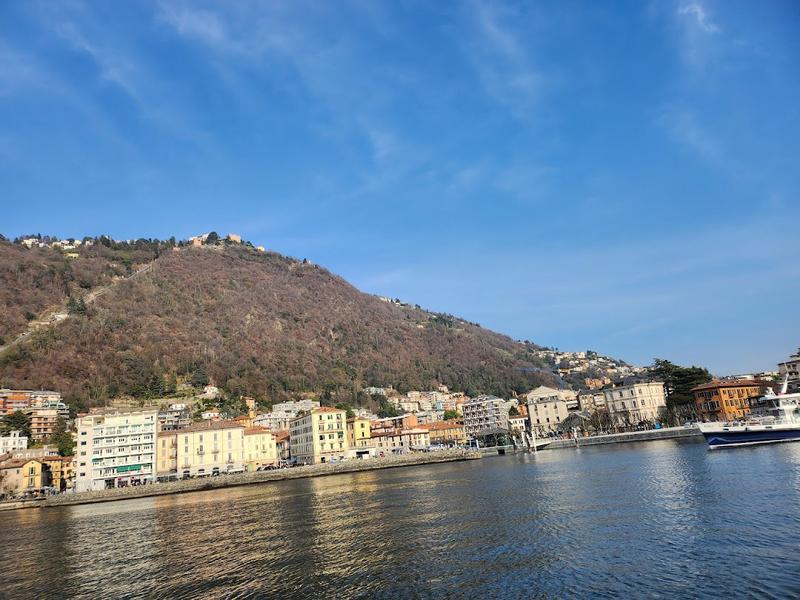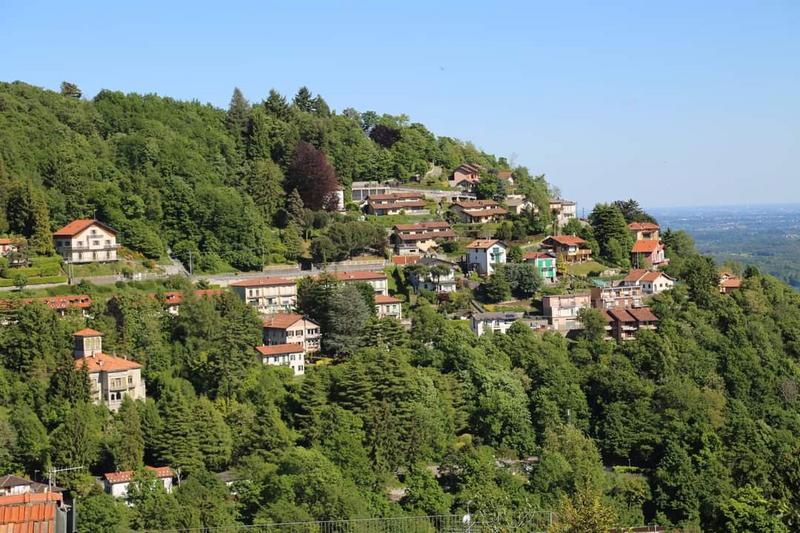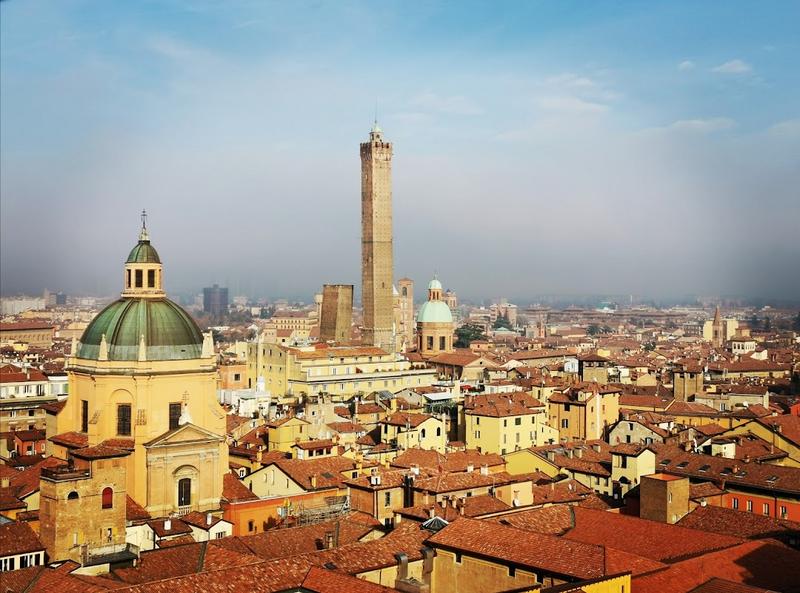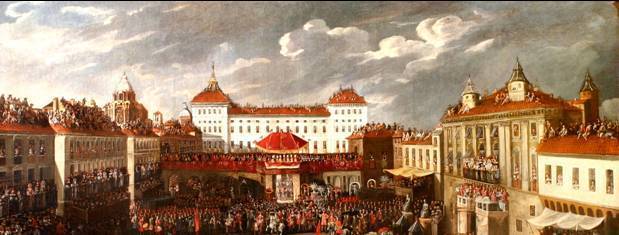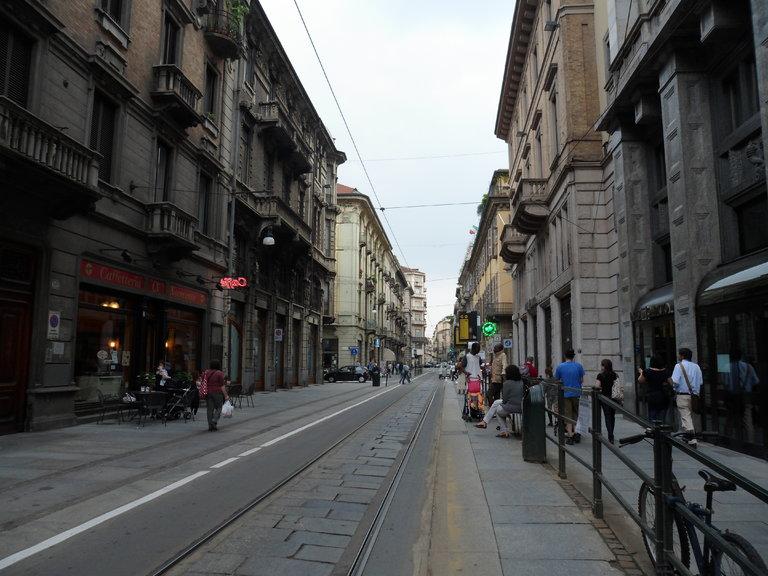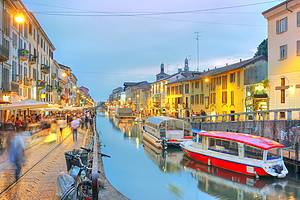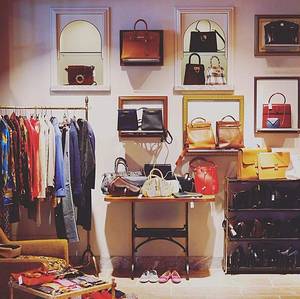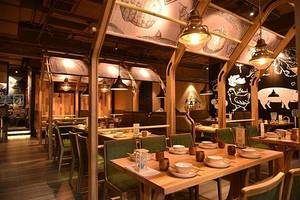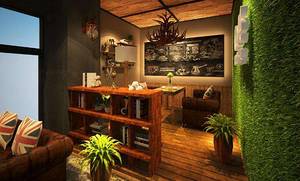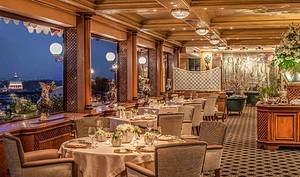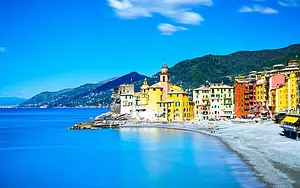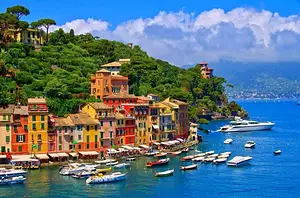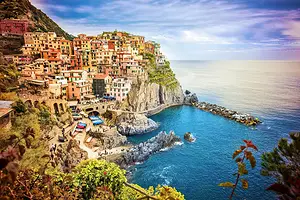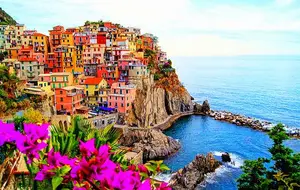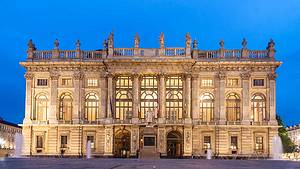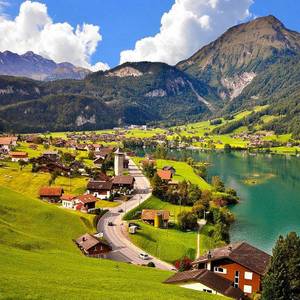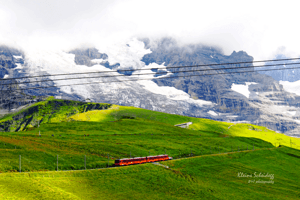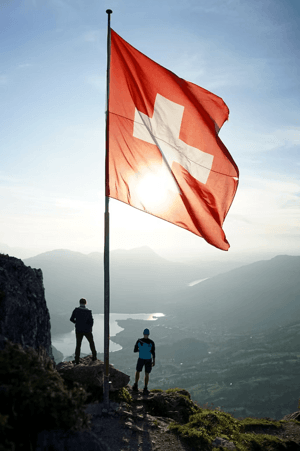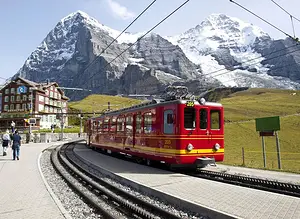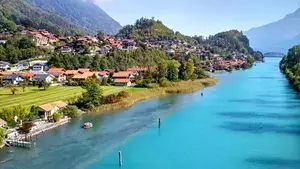5-Day Northern Italy Adventure
5 cities |
7 attraction(s) |
total distance 617
km
 TIPS
TIPS
Day1
Day2
Day3
Day4
Day5
Day1: Milan
1 attraction(s) ·
0 km
1
Day2: Menaggio > Brunate
2 attraction(s) ·
26 km
Day3: Bologna
2 attraction(s) ·
1 km
1
Piazza Maggiore is located in the center of the Bologna district and is one of the largest public squares in the area. The square was created in 1200 AD and is rectangular in shape, surrounded by many important medieval buildings, including the Basilica of San Petronio. In addition, the Fontana del Nettuno is also a landmark on the square, located in the northwest corner.
The square is the site of many urban festivals and events, such as the Republic Day parade and New Year's Eve fireworks. Every summer, the square hosts various concerts and film screenings, attracting people from both inside and outside the city. There are also many cafes and bars around the square, where visitors can buy a cup of coffee in the afternoon and enjoy the sun while watching street performers. This is one of the most important places that tourists cannot miss.
1
km
2
Landmark symbols of the city built by noble families in the 12th century, offering city views.
Day4: Turin
2 attraction(s) ·
1 km
1
The Royal Palace of Turin is located at the end of Rome Street and was once the residence of the Savoy dynasty. The palace is elaborately decorated, displaying the luxury and mystery of aristocratic life. The garden, particularly, is remarkable and was designed by Andre, the designer of the Versailles Garden. From the 12th to the 19th century, Turin has always been the capital of the House of Savoy, and the Royal Palace is a rich testament to royal lifestyle. In 1645, royal members began residing in this palace, with rich tapestries and Chinese porcelain as interior decorations. The Royal Armory is located in the porch of the palace, housing 16th and 17th century weapons and armor.
1
km
2
The Egyptian Museum, located in Turin, is one of the world's largest museums dedicated to collecting Egyptian artifacts, second only to the Cairo National Museum and the British Museum in London. The museum owes its collection to the House of Savoy, who purchased ancient artifacts collected by Bernardino Drovetti in 1824. In addition, the museum also displays discoveries made by Italian archaeologists in 1911, as well as valuable artifacts such as the stone temple of Tutmosis II (c. 1450 BC) from Ele and other items gifted to the museum by the United Arab Emirates in 1967.
The museum's lower level displays many large sculptures, the most notable of which are the giant statues of Ramesses II and Seti II carved from black diorite. Upstairs, various precious items representing Egyptian civilization are on display, including textiles, farming tools, fishing equipment, hunting tools, ancient literature written on papyrus, and even the world's oldest topographic map. Additionally, the museum features a fully reconstructed tomb and an ancient tomb of Huy and Mali. The museum is divided into three exhibition halls, where visitors can take photos without flash photography.
Day5:
0 attraction(s) ·
0 km
